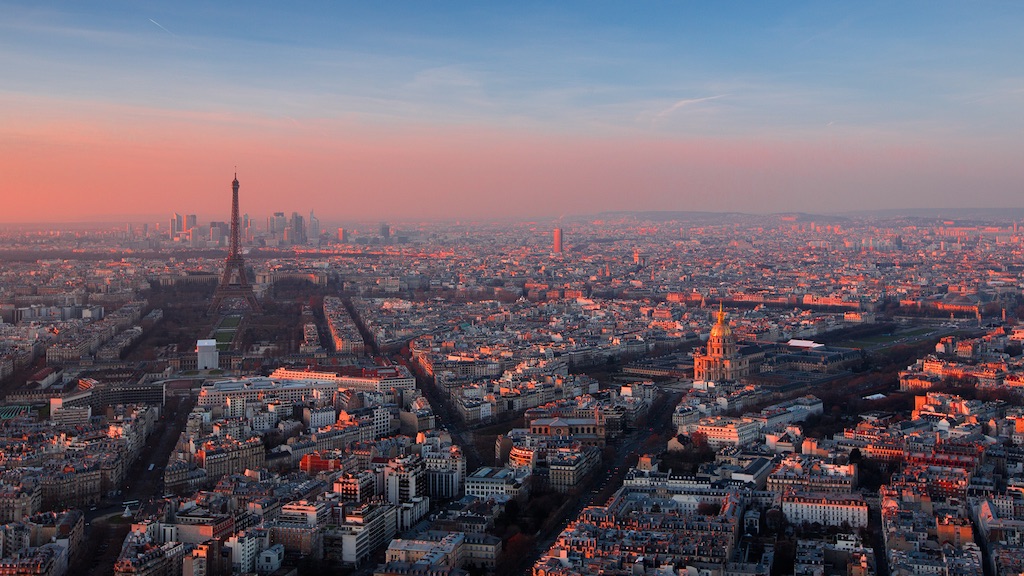Episode 6
Posted on October 30, 2019 by VINGT Editorial
EPISODE 6
Back on their bicycles again, presenter Jo Youle and company founder and CEO Susie Hollands take a tour around one of the most popular parts of Paris, the Marais, and reveal some of the hottest spots in the district – before enjoying a catch-up with a local artist…
EPISODE 6: Our little black book of Paris addresses
Wanting to find out more about some of the places mentioned in this episode? Here we bring you a handy summary of each one that is mentioned – and how to find out further information.
What?
Rue Amelot
Why?
On the borders of the Marais, rue Amelot was named after Louis XVI’s secretary of state, Antoine-Jean Amelot de Chaillou (1732-1795). An attractive street dotted with some hip bars and clubs, it is also home to the Cirque d’Hiver.
Where?
11th arrondissement
More info here
What?
Place de la République
Why?
Located on the borders between the 3rd, 10th and 11th arrondissements, the Place de la République is a large pedestrian plaza that has long been a meeting point for demonstrators, skate-boarders and party people heading for the nearby nightlife. Renovated in 2013, at its heart is the monumental statue, the ‘Monument à la République’, towering over the square.
Where?
3rd, 10th and 11th arrondissements
More info here
What?
Cirque d’Hiver
Why?
Founded in 1852 thanks to the Duke of Morny, half-brother of Prince Louis-Napoleon, this renowned circus quickly became known for its ‘flying trapeze’ act. Today, it continues to wow the crowds in its big-top setting and there is also a small museum.
Where?
11th arrondissement
More info here
What?
Restaurants du Cœur
Why?
The Restaurants du Cœur, also known as the Restos du Cœur, is a French charity that distributes food packages and hot meals to the needy. The association not only targets the homeless but also those with a low income.
Where?
All over Paris
More info here
What?
The Marais
Why?
One of the oldest parts of Paris, this lively district is where all the aristocrats lived in the 16th and 17th centuries. Today, its historic, narrow streets are renowned for their cafés, bars, restaurants, boutiques and galleries.
Where?
3rd and 4th arrondissements
More info here
What?
Square du Temple
Why?
Once home to a fairy-tale-like fortress built by the Knights Templar, this iconic square in the Marais is home to lovely landscaped gardens, a waterfall and rare trees, plus the Carreau de Temple where many activities take place (see below).
Where?
3rd arrondissement
More info here
What?
Carreau du Temple
Why?
Located next to the town hall of the 3rd arrondissement, the Carreau du Temple is a covered market dating back to 1863. Nowadays, this recently-renovated space offers a range of activities to local residents – from sport and culture to community events.
Where?
3rd arrondissement
More info here
What?
Rue de Bretagne
Why?
Known as the ‘golden mile’ of this neighbourhood, this street is a famous foodie paradise packed with chocolate, cheese and coffee shops – not to mention the renowned Marché des Enfants Rouge (see below).
Where?
3rd arrondissement
More info here
What?
Marché des Enfants Rouge
Why?
The oldest covered market in Paris, dating from the 1600’s, the Marché des Enfants Rouge was named after the one-time resident orphans here who wore red caps. Today, you will find everything from fresh veggies, amazing breads and organic wines to exotic treats from far-flung destinations such as Morocco, Italy and Japan.
Where?
3rd arrondissement
More info here
What?
Chez Omar
Why?
Dating from the 1930’s, this iconic restaurant is now a brilliant Moroccan bistro specialising in cous-cous. Popular with the fashion crowd, its arrival here also drove the ‘hipness’ of this neighbourhood.
Where?
3rd arrondissement
More info here
What?
Place de Vosges
Why?
The oldest planned square in Paris, Place des Vosges is located in the Marais, straddling the border between the 3rd and 4th arrondissements. Surrounded by beautiful mansion houses, alluring archways and lovely shops and galleries, the green square at its heart is also the perfect place for a picnic.
Where?
3rd and 4th arrondissements
More info here
What?
Pavillon de la Reine
Why?
Hidden away from the hustle and bustle of Place des Vosges, Le Pavillon de la Reine is a beautiful 17th-century building that is today a five-star boutique hotel. As well as its fine façade, private courtyard garden and luxurious rooms, it also offers a spa, restaurant and meeting lounge.
Where?
3rd arrondissement
More info here
What?
Carette
Why?
One of the most famous tea houses in Paris, Carette opened in 1927. Today, it offers a delicious array of fine patisserie and light meals. As well as the one at Place des Voges, there is also another located at Place du Trocadéro.
Where?
3rd and 16th arrondissement
More info here
What?
Maison de Victor Hugo
Why?
Located on a quiet corner of Place de Vosges, the Maison de Victor Hugo is the former home of the famous French writer. He lived on the second floor of the mansion from 1832 to 1848 and wrote some of his major works there, including a large part of Les Misérables.
Where?
4th arrondissement
More info here
What?
Hôtel de Sully
Why?
Found in the south-west corner of Place de Vosges, this stunning hôtel particulier has a lovely formal French garden and a nice bookshop. It also makes a super-cute shortcut to get through to rue Saint Antoine – another great foodie street.
Where?
4th arrondissement
More info here
What?
Dammann Freres
Why?
Dating back originally to the 17th century, Dammann Freres offers a wide selection of tantalising teas in a dazzling array of flavours. Stored in beautiful black lacquer boxes, the teas make a perfect souvenir or gift.
Where?
4th arrondissement
More info here
What?
Ma Bourgogne
Why?
An iconic bistro on the northern side of Place des Vosges, this traditional café offers classic French fare. A popular haunt with locals, it’s a good address for a relaxing coffee or a spot of lunch.
Where?
4th arrondissement
More info here
What?
Champs-Élysées
Why?
Probably the most famous avenue in the world, the Champs-Élysées connects the place Charles de Gaulle, where the Arc de Triomphe is located, and place de la Concorde. Home to many major luxury brands, for a more intimate designer shopping experience head into the surrounding streets such as avenue Montaigne.
Where?
8th arrondissement
More info here
What?
British Embassy
Why?
Located on one of the most famous streets in France, rue du Faubourg Saint-Honoré, close to the official residence of the French president, the British Embassy maintains and develop relations between the UK and France.
Where?
8th arrondissement
More info here
What?
Diptyque
Why?
A famous French beauty brand, Diptyque is known for its high-end line of perfumes, scented candles and face and body care. There are several branches across the capital.
Where?
All over Paris
More info here
What?
Musée de Carnavalet
Why?
Dedicated to the history of Paris, the Musée Carnavalet is one of the city’s best museums. Highlights include the archaeology department, an amazing array of posters and the collection of coins – not to mention the ladder used to scale the Bastille during the French Revolution.
Where?
3rd arrondissement
More info here
What?
Tour Saint-Jacques
Why?
While it may look like something out of Lord of the Rings, this Gothic-style tower, built between 1509 and 1523, is the only remaining vestige of the Eglise Saint-Jacques-de-la-Boucherie. This was also the historic meeting point for pilgrims setting out on the Camino de Santiago.
Where?
1st arrondissement
More info here
What?
The Louvre
Why?
The world’s largest art museum, the Louvre is home to an extraordinary range of masterpieces from the most ancient civilizations through to the mid-19th century. Perhaps most notably, it is also where you will find a certain smiling lady painted by Leonardo da Vinci.
Where?
1st arrondissement
More info here
What?
Le Meurice
Why?
One of the city’s super-exclusive ‘palace’ hotels – the highest designation for a French hotel – Le Meurice is a veritable institution. Recently renovated, it is also home to the renowned Restaurant le Meurice Alain Ducasse, with its two Michelin stars, as well as a sumptuous spa.
Where?
1st arrondissement
More info here
What?
Hôtel de Crillon
Why?
Another hotel with the coveted ‘palace’ certification, Hôtel de Crillon is also another famed address that has recently undergone a major renovation. Today, it offers the height of luxury – whether in its gastronomic restaurant or tranquil spa.
Where?
8th arrondissement
More info here
What?
Musée des Arts Decoratif
Why?
Located in the Palais du Louvre’s western wing, known as the Pavillon de Marsan, the Musée des Arts Décoratifs is a museum showcasing the decorative arts and design. It also hosts regular exhibitions on textiles, design and fashion.
Where?
1st arrondissement
More info here
What?
Café de l’Industrie
Why?
Located in rue Saint-Sabin, this authentic neighbourhood café is a great place to sample some classic French dishes. Also open late, it’s a nice address for an end-of-the-evening nightcap.
Where?
11th arrondissement
More info here
What?
Left Bank
Why?
The term used to describe the area of the city to the south of the river, while the Right Bank defines the part to the north. There’s a good-natured rivalry between the two with everyone claiming their half of the city is the better one.
Where?
Southern half of the city
More info here
What?
VINGT Paris magazine
Why?
The essential guide to making the most of life in Paris, the VINGT Paris magazine is packed with ideas, inspiration and useful tips. It also contains a series of travel features on visiting the rest of France.
Where?
All over Paris and beyond
More info here


